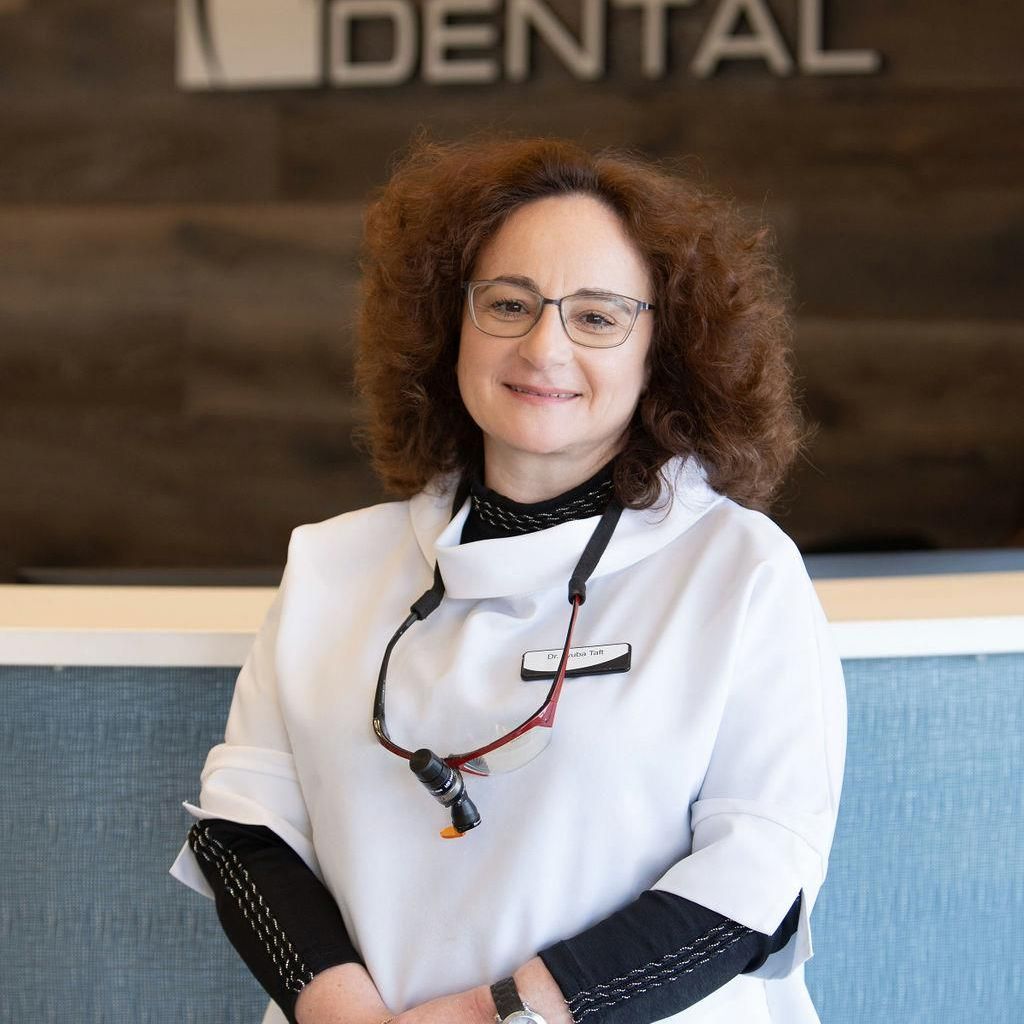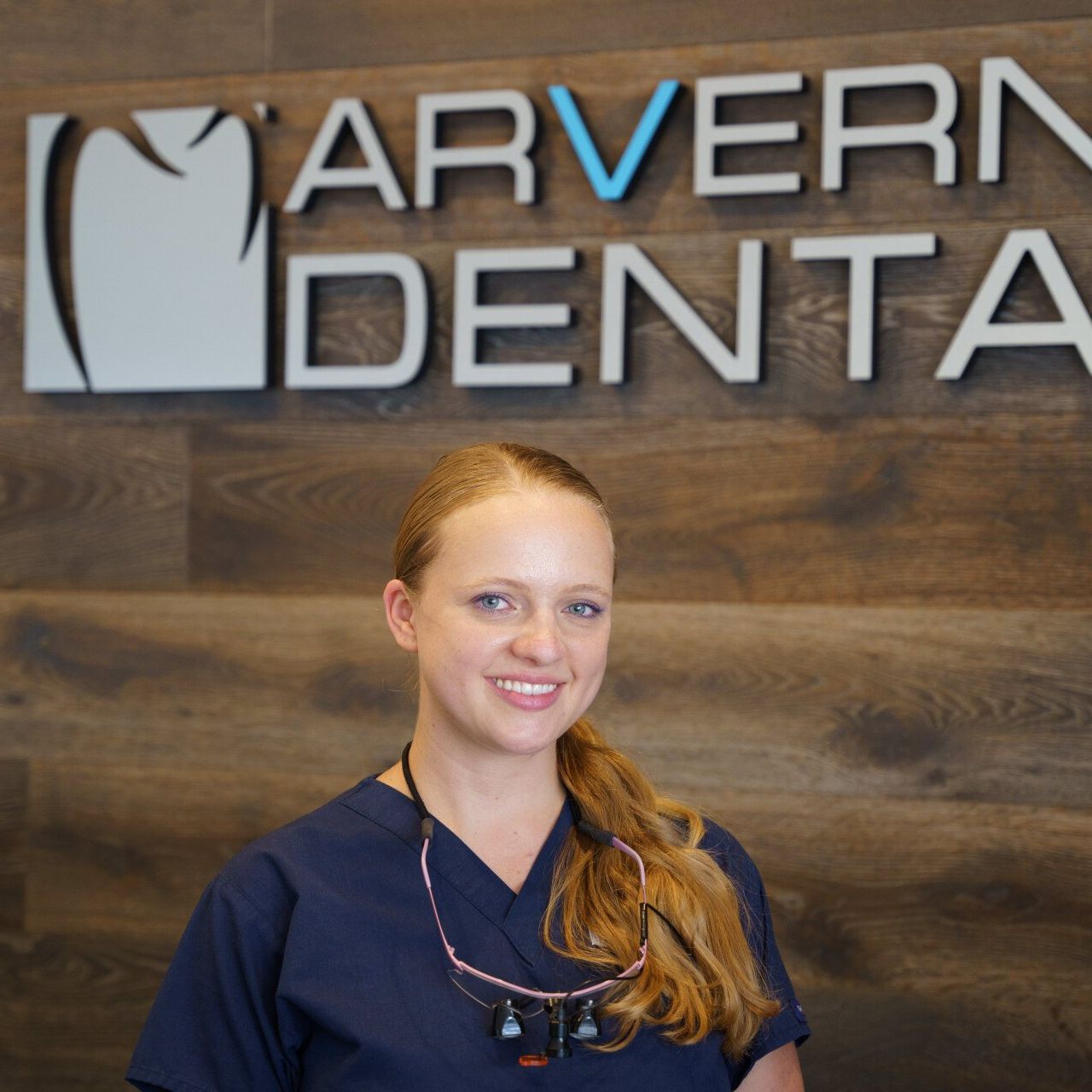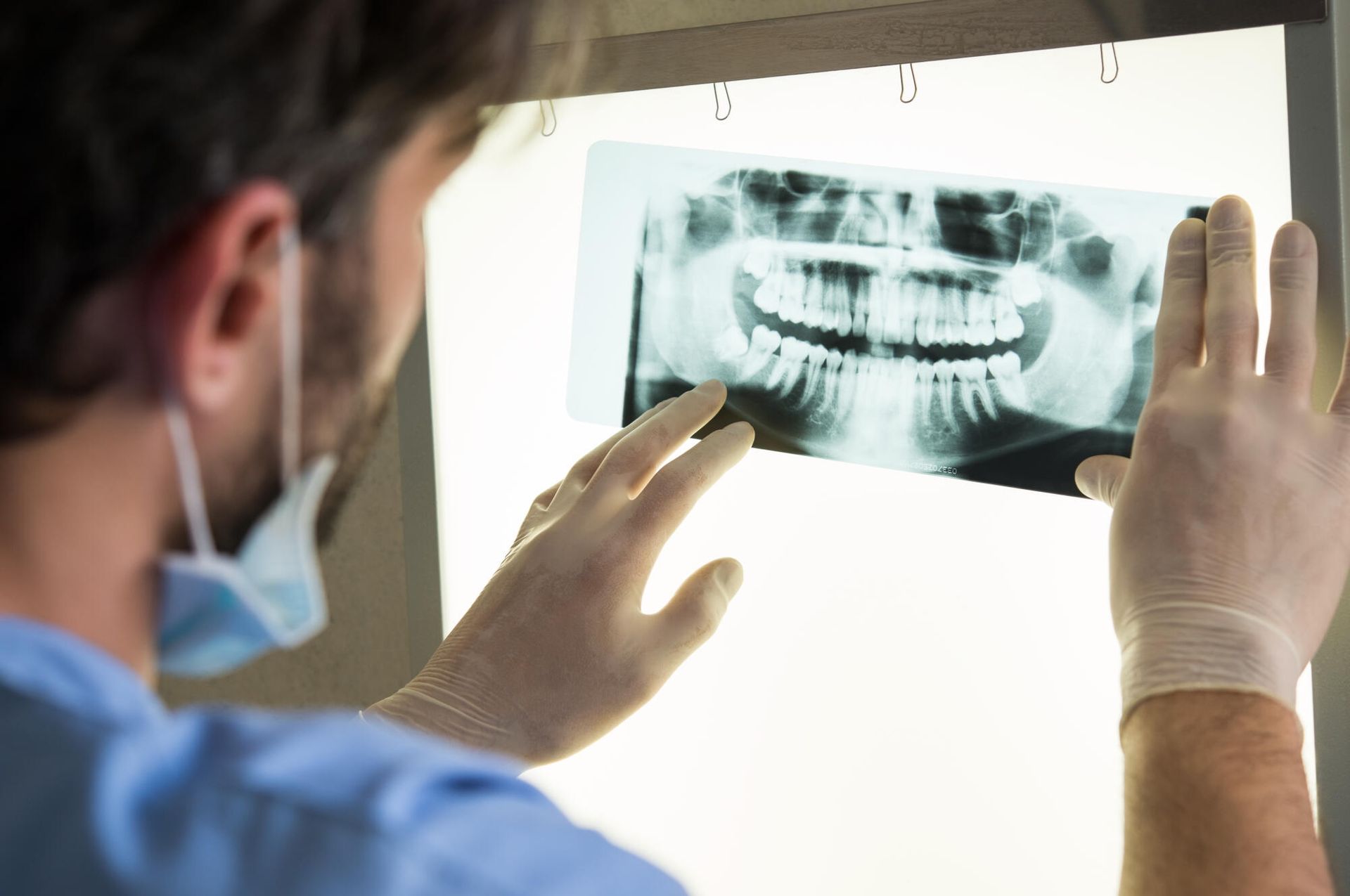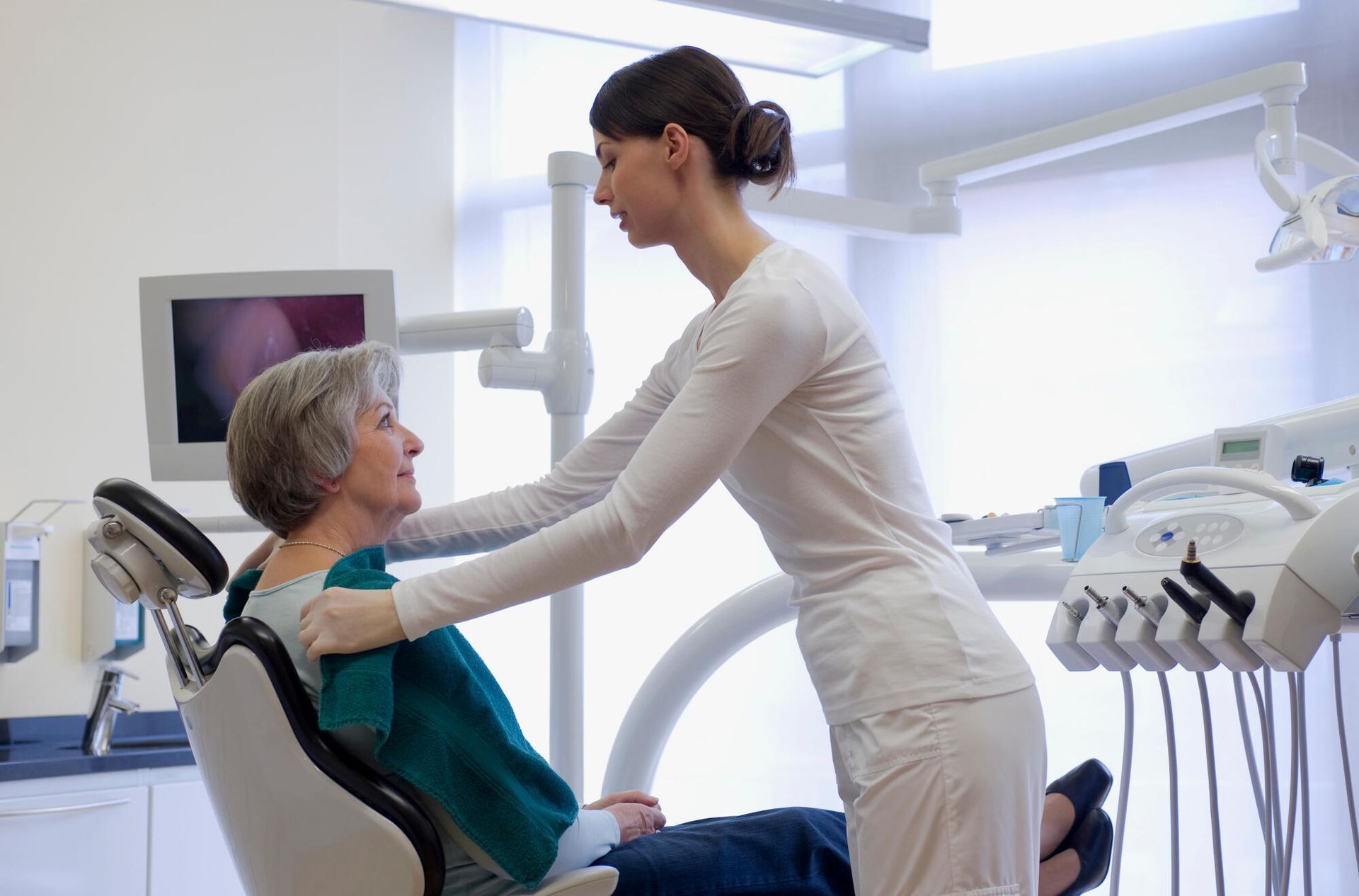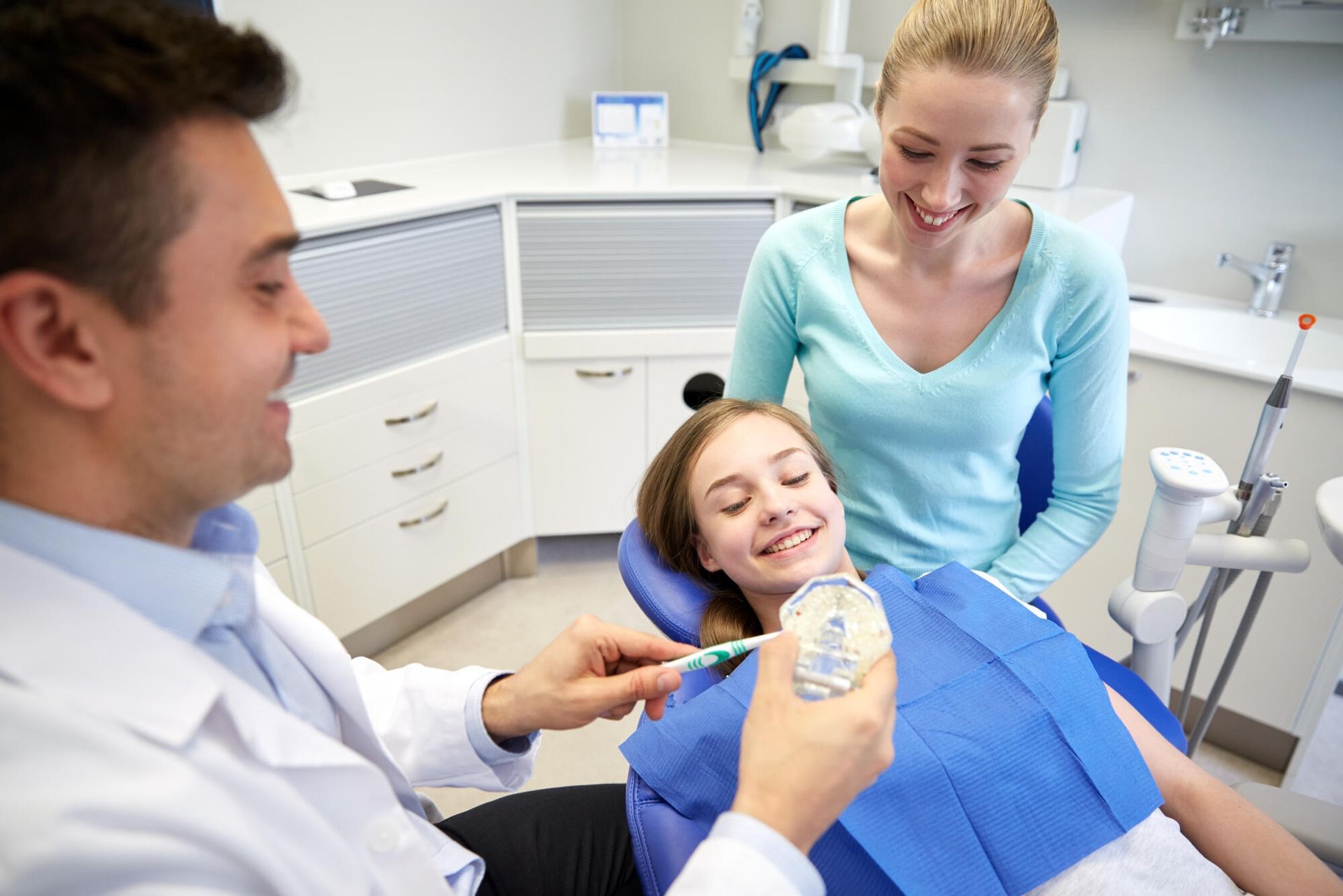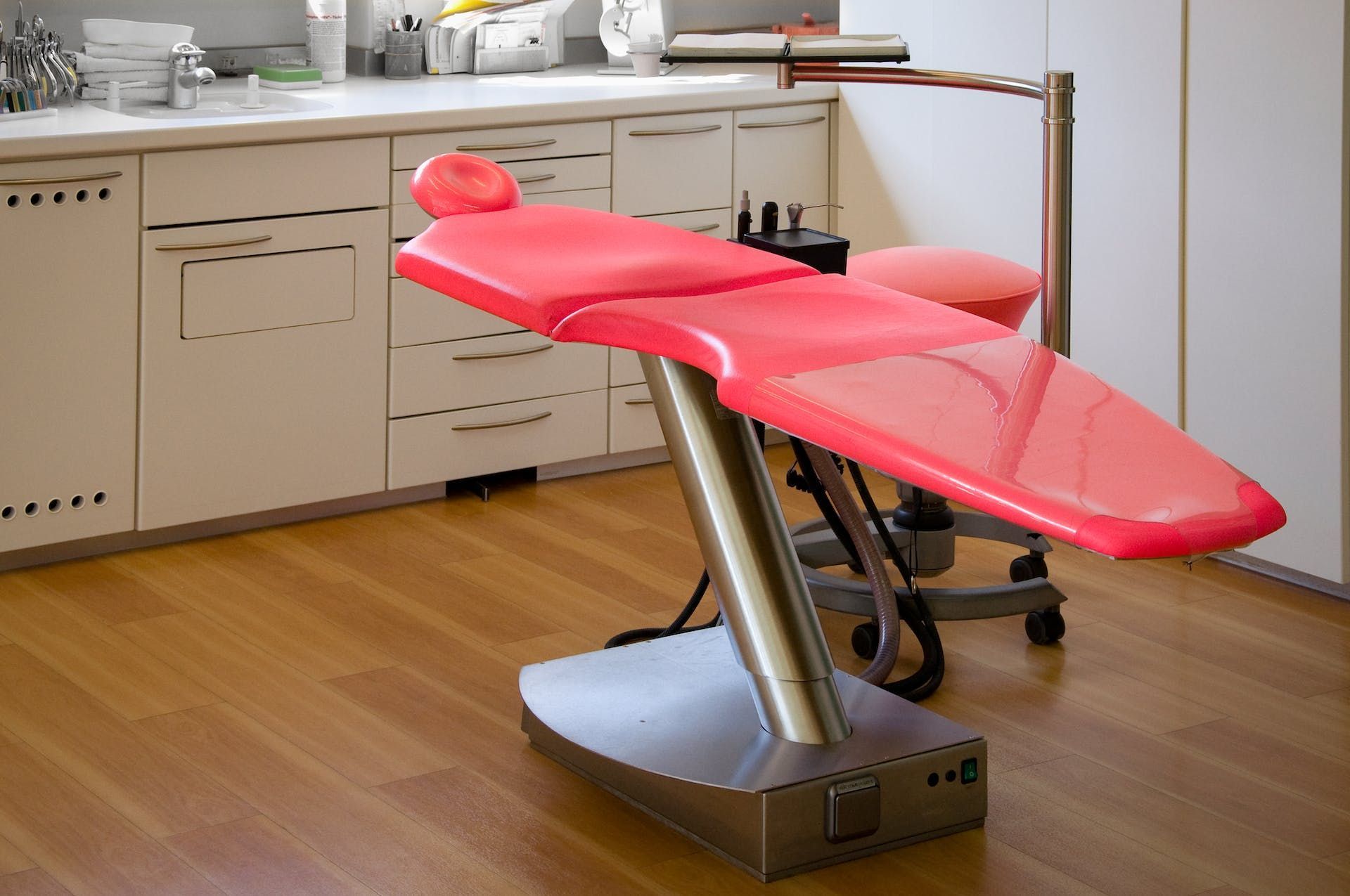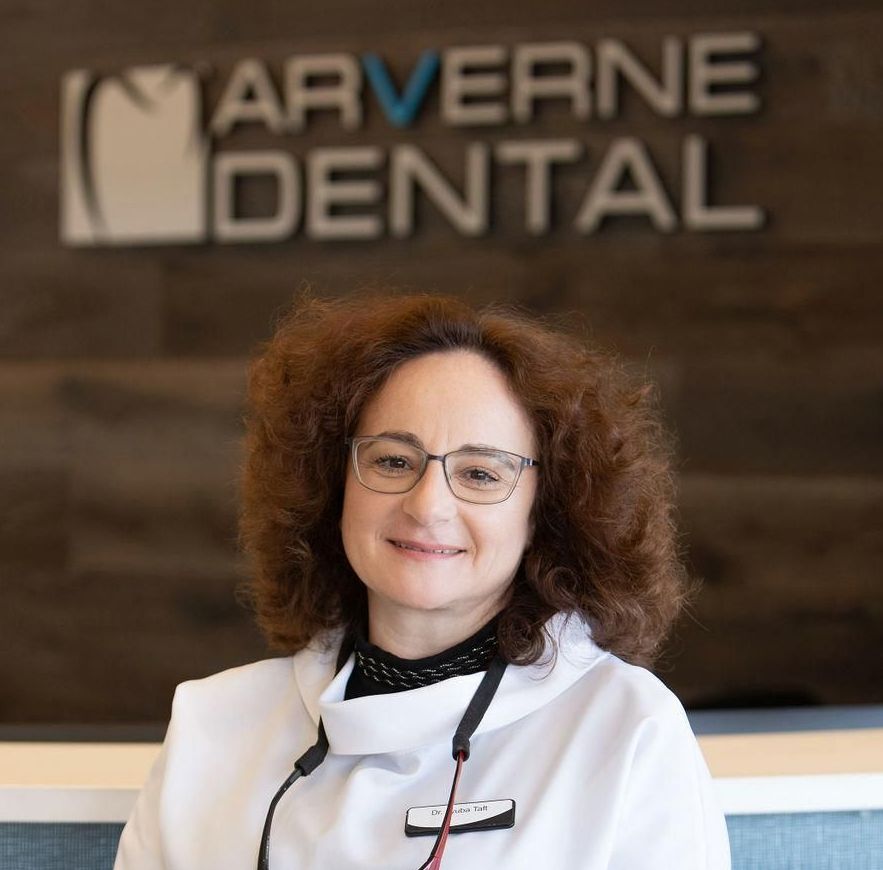Demystifying Gum Disease: The Facts Straight From a Rockaway Beach, NY Dentist
Have you ever looked at pictures of gum disease stages? They could be enough to encourage you to prioritize your oral health.
Gum disease is a leading cause of tooth loss. Nearly half of all adults ages 30 and up show signs of gum disease. However, many patients don't recognize when their bleeding gums are a sign of bigger problems.
What are the stages, causes, and risk factors of gum disease? Read on to find out!
What Is Gum Disease?
If you fail to brush and floss your teeth daily, bacteria and food particles can mix, allowing plaque to form. Plaque is the tacky, clear film that can stick to your teeth. When left unattended, plaque hardens into tartar and releases acid.
Plaque overgrowth can cause a bacterial infection, causing gingivitis. Gingivitis is the first stage of gum disease. It's an inflammation of the gums that can get worse over time.
When plaque forms below the gum line, you could develop an infection. Your gums may begin to separate from your teeth. This can cause:
- Teeth to become loose and unstable
- Injury to bone or soft tissue
- The loss of teeth
Gum disease can increase your risk of stroke, diabetes, heart disease, and lung disease.
What Does Gingivitis Look Like?
Many patients don't realize they have gum disease. It is possible to have gingivitis without experiencing obvious symptoms. Common symptoms include:
- Pain when chewing
- Sensitivity
- Partial dentures that no longer fit
- Malocclusion (a change in how your teeth fit together)
- Loose teeth
- Gums that are swollen, red, or tender
- Bleeding when you brush or floss your teeth
- Gums that pull away from your teeth
- Pus between your gums and teeth
- Foul-smelling breath
If these symptoms sound familiar, visit a Rockaway Beach dentist right away. They'll ensure you begin treatment before gum disease compromises your overall health.
Stages of Gum Disease
Gingivitis is the earliest stage of gum disease. You may notice your gums look puffy and red. They may bleed when you floss.
During this stage, you won't experience bone loss. Gingivitis is reversible with treatment at this stage.
The second stage is mild periodontitis. At this stage, the bacteria have seeped below your gum line. They'll start affecting the supporting bone.
Your gums may start to pull away from your teeth. Pockets can form, allowing bacteria and plaque to hide. You may struggle to brush away plaque if it hides in these pockets.
The third stage is moderate periodontitis. At this stage, bacteria will start to erode the bone, soft tissue, and ligaments supporting your teeth. You may develop bad breath that doesn't go away after brushing.
Some patients notice pus around their gum line, which indicates an infection. You may start experiencing pain during this stage.
Advanced periodontitis can cause bone loss, leading to loose teeth. If a tooth fell out, collect it and visit your dentist immediately.
Causes
Understanding the importance of oral hygiene can help you avoid gum disease. Make sure to brush your teeth twice a day and floss daily.
Other than improper dental hygiene, causes of gingivitis include:
- Certain medications
- Vitamin C deficiency
- Hormonal changes due to menopause or pregnancy
- Heavy metals like nickel
- Exposure to bismuth
- Leukemia
Some medications can make plaque more difficult to remove, leading to overgrowth. These include oral or injectable birth control, calcium channel blockers, phenytoin, and cyclosporine.
Gingivitis-causing gum infections can increase your risk. For example, virtual or fungal infections like thrush. An impacted tooth or one that doesn't fully emerge can cause gingivitis.
Risk Factors
Your risk of gingivitis could increase due to:
- Diabetes
- Smoking or chewing tobacco
- Suppressed immunity
- Genetic factors
- Pregnancy
- Crooked teeth
- Dental appliances that don't fit
- Certain medications
- Broken fillings
Schedule routine dental cleanings at your dentist's office every six months. They can spot the early signs of gingivitis before it reaches advanced stages.
Treatment
Can gum disease be reversed? Yes, while it's still in its initial stages.
Your dentist will assess your gum health to determine the best course of treatment. They may recommend cleaning your teeth without surgery first. A deep cleaning will remove plaque and tartar before it causes additional gum irritation.
Talk to your dentist about periodontal treatment options like scaling and root planning. Teeth scaling removes tartar from above and below your gum line. Root planing involves smoothing rough spots and removing tartar from the surface of your tooth roots.
Some dentists use dental lasers to remove tartar. Laser-based treatment causes less pain and bleeding than traditional scaling and root planning.
Medication
Your dentist may prescribe medication as part of your treatment plan. For example:
- Time-release antiseptic chips
- Oral antibiotics
- Antiseptic mouthwash
- Doxycycline
- Antibiotic microsphere
These medications can treat areas of gum irritation to prevent further damage. Follow your Rockaway dentist's exact instructions when taking medication.
Surgery
For severe cases, your dentist may recommend surgery. A periodontist can perform:
- Flap surgery
- Bone and tissue grafts
- Dental crown lengthening surgery
Flap surgery involves lifting your gums back to remove plaque and tartar from deeper pockets. A periodontist will suture your gums back into place to ensure they're snug around your teeth.
Gum graft surgery uses tissue from the root of your mouth to cover exposed roots. Bone grafts can encourage your body to regenerate lost jaw bone. These surgeries are ideal if your jaw and teeth are too damaged to heal without intervention.
Some patients develop gingivitis due to excess gum tissue. A periodontist may need to reshape your gums and bone tissue. This procedure will expose more of your teeth by lengthening your dental crowns.
Discuss Pictures of Gum Disease Stages With a Dentist
If you've reviewed pictures of gum disease stages, you know neglecting your oral health can cause serious problems. Don't delay seeking treatment if you have bleeding gums or loose teeth. Instead, talk to your Rockaway Beach dentist right away to begin treatment.
Remember, gum disease is reversible while it's still in its early stages. Our team at Arverne Dental has served Rockaway Beach since 2003. We excel at both clinical and interpersonal aspects of patient care.
Attain a beautiful smile and good oral health. Contact us now to schedule your appointment.
Dr. Lyuba Taft
General Dentist
Dr. Baruch Tetri
Periodontist
Dr. Mike Lee
Endodontist



